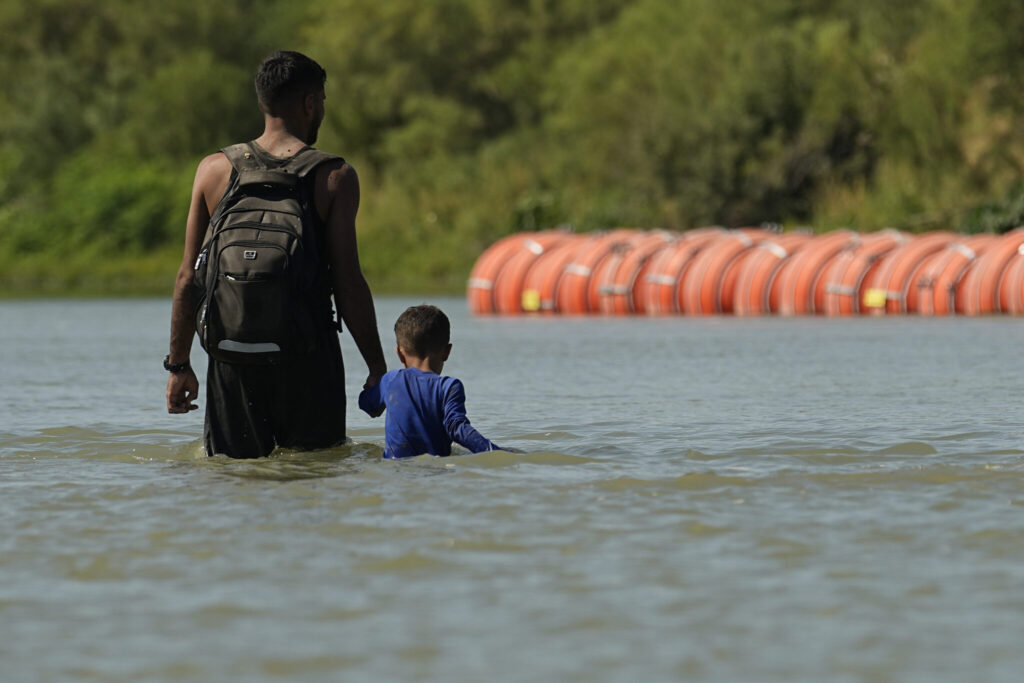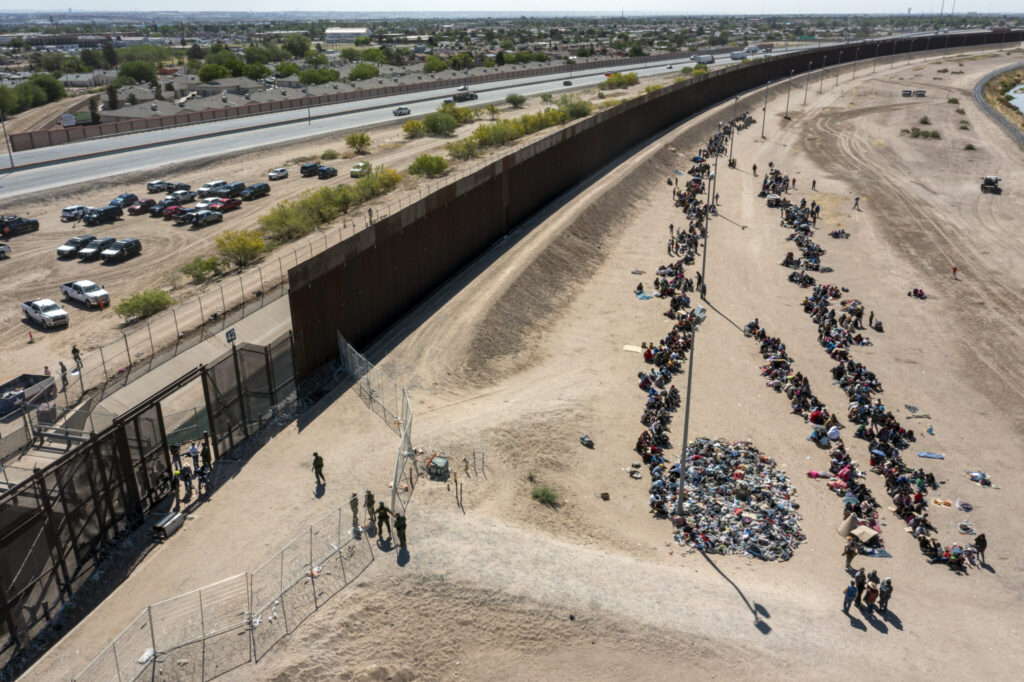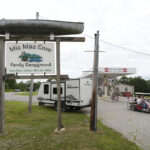Migrant Tragic Crossings in Cochise County, Arizona \ Newslooks \ Opinion \ This article highlights the complexities of border security and immigration, reflecting the views of Mark Pfeifle, CEO of “Off the Record Strategies,” and Paul Goldenberg, Chief Advisor for Policy and International Policing at Rutgers University.
Newslooks
Along the steep embankments of the Coronado National Memorial in Cochise County, Arizona, a deputy sheriff points upwards and hands us binoculars.
“Look closely,” he tells us during our recent trip. “There’s a human skeleton up there. A man or woman who made it this far from somewhere, probably in central or South America, only to die on that hillside – in a place so steep we can’t even get the body out with a helicopter.”
The skeletal remains of someone’s son or daughter, once with hopes and dreams, continue to rot, inaccessible, in the Arizona sun. It sits along the trail where the expedition of Francisco Vázquez de Coronado in 1540 changed the lives and culture of this region. It is a silent sentinel warning the thousands of migrants who continuously make their way along the San Pedro River.
Coronado and his 300 Europeans, together with over 1,000 Aztec allies and a few dozen Catholic Priests, came through here seeking the mythical seven cities of gold. Today, route is filled with desperate migrants seeking new lives in the United States.
The migrants are brought here by cartels, which in turn hand them over to human smugglers who get them to Phoenix, about three hours away. Almost all of the smugglers are American citizens, some as young as 13, who are lured here by Internet ads promising thousands in cash for a few hours’ work.
The smugglers aren’t just bringing human cargo, however. The deputy tells us about a meth “super lab” factory that has been identified just 25 miles south of the border in an abandoned mineshaft near the village of Cananea, Mexico, where a high-grade meth is manufactured that the cartel’s smugglers bring deep into the United States.
From their observation points, along the side of the mountain peaks of the Coronado National Memorial, the cartels monitor the activities of law enforcement so they can send humans and drugs across the border.
To maximize police pressure on the migrants, two or more groups of them will be sent ahead at the same time, with drug couriers dispatched separately afterwards. This way, the drugs can sneak through while law enforcement is distracted pursuing the migrants.
The cartels and their smugglers have found a target rich environment. Fewer than 100 sworn deputies patrol all of Cochise County’s 6,200 square miles – an area roughly the size of Connecticut and Rhode Island combined – that shares 83 miles of border with Mexico.
At night, the county’s rural roadways become a deadly speedway where inexperienced young drivers desperately try to outrun police, resulting in frequent highway deaths.
Those who die on the highways at least have quick and sudden deaths, unlike those who die in places so remote that, like the skeleton at the Coronado Memorial, their bodies may never be recovered.
The Cochise County deputies know that the heart of their problem lies faraway, in Washington, D.C., where a broken political process views immigration as a political football rather than a problem to be solved.

Having given up – at least for now – on the possibility of long-range, comprehensive immigration reform, the frontline deputies of Cochise County have a simpler, more easily achievable agenda.
“The biggest thing we need is to put the federal agents back on the border instead of doing administrative work,” one deputy tells us.
“We will always have people coming across the border, and we need boots on the ground to handle them,” he continues.
“Instead of helping us patrol the border, the feds are giving out pieces of paper to the migrants, telling them when to appear before an administrative judge, sometimes months or years in the future,” adds another deputy. “We need to fix the system so we can process the claims more quickly, but in the meantime, Federal agents have a lot better things to do than hand out court reminders.”
Another concern is the impact on the border to our own national security. Our nation is in the cross hairs of several diabolical advisories, all seeking to cause harm. In just the last few months, hundreds of migrants have crossed from Iran, China, Lebanon, and elsewhere, mostly men of military age.
Altogether, the Cochise County Sheriff Mark Dannels, and his fellow sheriffs, developed a practical agenda of 16 specific recommendations to slow human and narcotics smuggling and make it easier to prosecute.
So far, their recommendations have gotten less attention than the body that lies, inaccessible, toward the top of the Coronado National Monument.







